Description
The base surface
The base surface must be uniformly flat, dry, absorbent and certainly free from dust, paints and lubricants (oils, greases, etc.). When plastering wooden surfaces (logs, planks, chipboard with a smooth surface, etc.) a thin reed mat, reed board, wood fiber or cork should be used for insulation. To strengthen the plaster in the second layer, we recommend using it entirely fiberglass mesh with a larger mesh (at least 7×7 mm) with an overlap of 7-10 cm. To improve adhesion and the plaster to protect against drying too quickly, the substrates must be moistened beforehand. Absorbent substrates must be wetted to saturation (water sprayed onto the surface remains on the substrate for at least 5 seconds before being absorbed by the substrate).
Conditions
The temperature of the substrate and the surrounding air must be higher than 5°C. The process of carbonization of lime takes place in water and under the influence of carbon dioxide (CO2) from the air, a layer of lime 1 cm thick lasts about 1 month, therefore, when plastering in outdoor conditions, protect the lime plaster from drying out excessive wind and sun. Above 25°C hot summer should moisten the lime plaster after 5 days (twice a day).
Preparation of the mixture
Add 3.75-5 liters of clean water to a bag (25 kg) and mix well for 5-10 minutes so that the mixture becomes porous and uniform. in a table that is easy to install. It is best to prepare the mixture a day before plastering, at least the mixture should sit for 30 minutes before use. After it has stood, the plaster mixture must be thoroughly mixed again.
Installation
Clean the substrates beforehand and moisten them properly. Apply a layer 4-6 mm thick (no more than 6 mm). Pull to harden on the plaster and level the surface, preferably with a plaster trowel, avoiding a smooth metal-glue surface, and rub/compact the surface with a plaster or rubber trowel until homogenous. After (slight) drying, moisten the lime plaster 5 more times during the day (If the temperature is above 25°C). In order to impart impermeability to the lime surface, it is necessary at the final stage of installation, when the plastered and finished surface is still light. Wet, apply the olive oil soap solution to the surface with a brush. When soap fats and lime react, a water-repellent surface is created, which can be successfully maintained with natural detergents. For successful maintenance, we recommend smoothing the plastered surface with lime.
Final finish
For the final finish, the surface can be primed internally with UKU cellulose primer or painted with UKU lime paint. In outdoor conditions, finish the plastered surface with UKU lime paint.
Consumption
Depending on the flatness of the support and the layer thickness, 7-10 kg/m² at a layer thickness of 4-6 mm.
Safety
Lime is corrosive. Avoid dust inhalation, skin contact and eye contact. The use of a respirator, protective glasses and clothing is recommended. In case of contact with eyes, wash eyes with physiological solution. Glass, metal and lacquered surfaces and other lime-sensitive surfaces must be coated against splashes before installation. Keep out of reach of children.
Preservation
Store in dry conditions. Validity period 1 year from the date of manufacture. The production date is based on the packaging. There may be slight differences in tone in different batches.

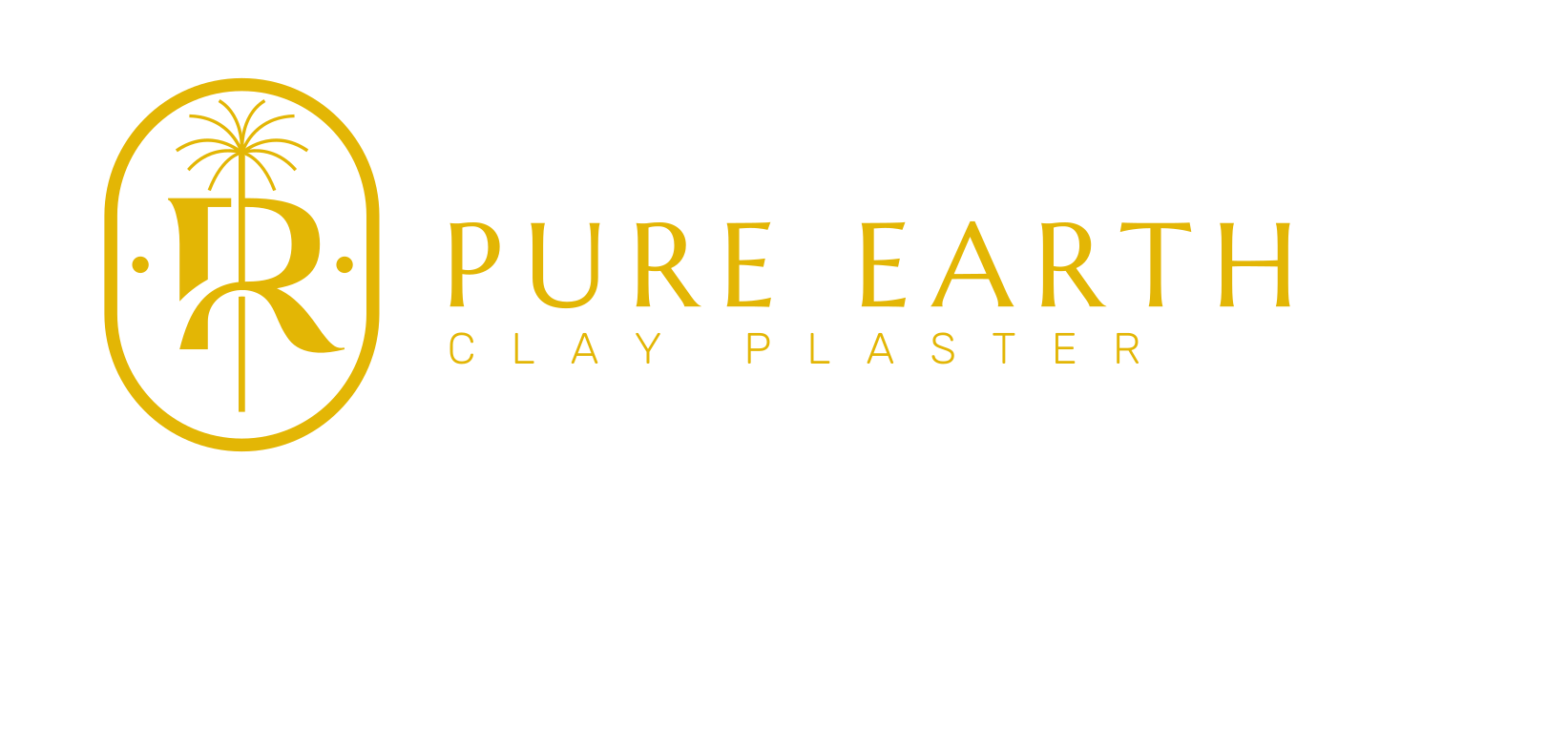
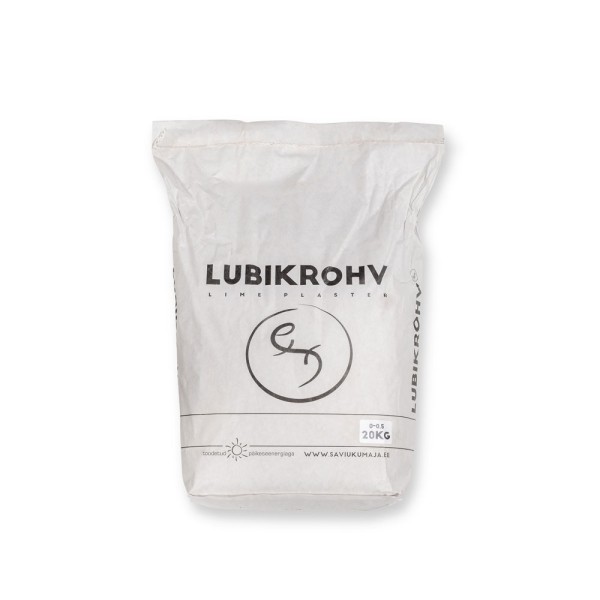





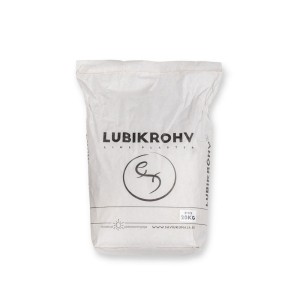
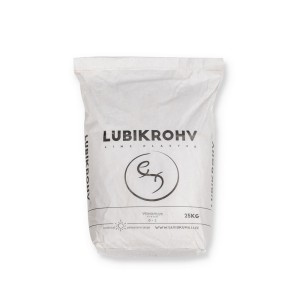
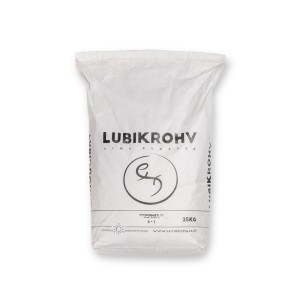
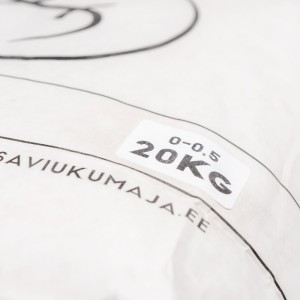
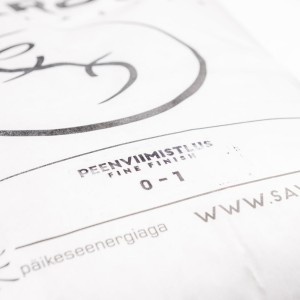
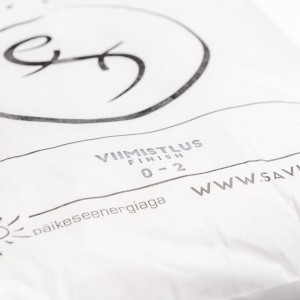
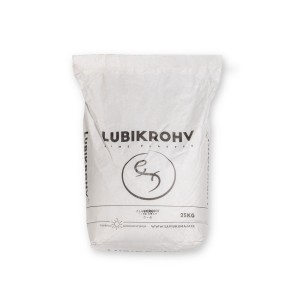
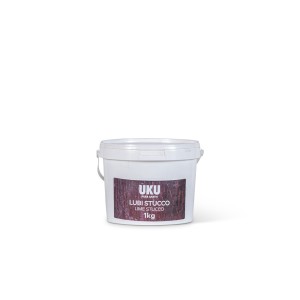
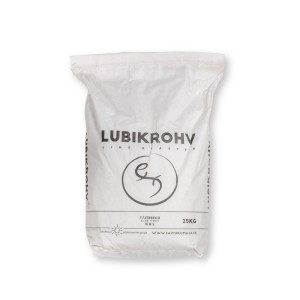
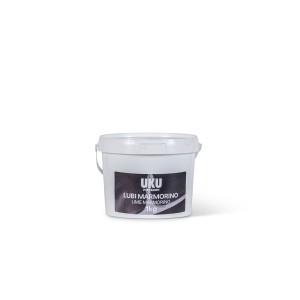




Reviews
There are no reviews yet.